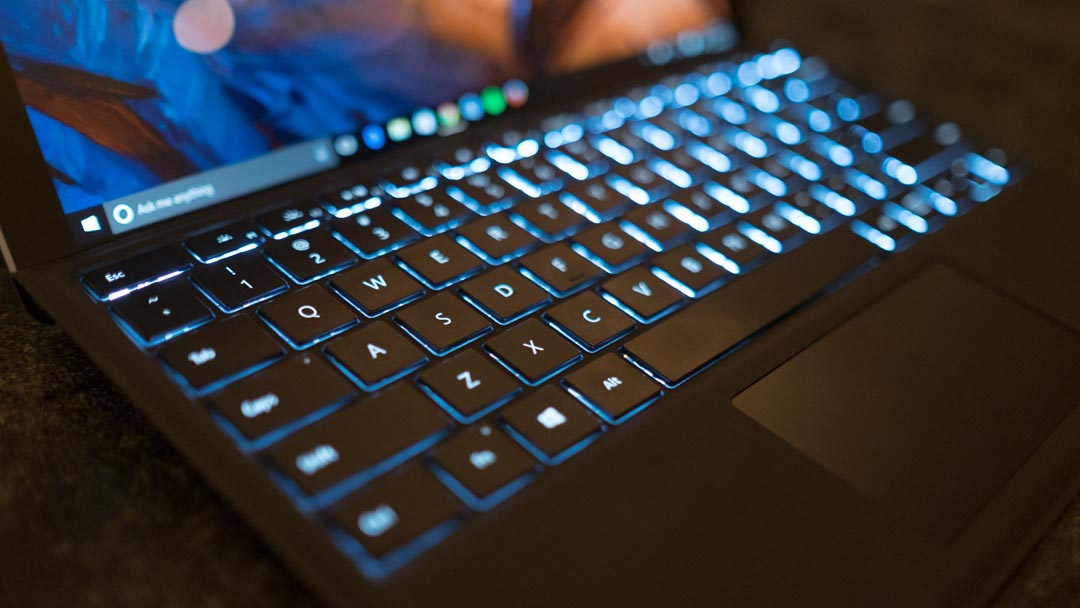Symptoms of Parkinson's disease can be detected from keyboard use
And maybe other neurological disorders

The second most common neurological disorder in the world is Parkinson's disease. About 60,000 people in the United States are diagnosed with it every year. There's no cure, but it's possible to treat the symptoms if they're closely monitored.
Unfortunately, that can be difficult - the limits of the health system make it hard to keep track of the volume of patients. But now, MIT researchers have shown that it's possible to monitor the progress of the disease as patients interact with a computer keyboard.
Press and Release
To do so, a team led by Luca Giancardo adapted software originally designed to replace computer passwords. They had already shown that keystroke dynamics - a technique that can identify users by the amount of time they take to press down and release each key - can be used to spot signs of sleep inertia.
In a new set of experiments, they asked 42 patients with early-stage Parkinson's, and 43 healthy volunteers, to type out a text of their choosing for about 10-15 minutes. The results showed a significant variation in the timing of each keypress between the two groups.
"We were able to find a signature that allows us to detect Parkinson's disease in our cohort," said Giancardo. "We envisage that this could be used to fill in the gaps between visits to the neurologist, for example, or between other tests that cannot be carried out continuously."
Stall the Disease
If Parkinson's can be diagnosed earlier, it's possible that drug companies may be able to develop therapies that can stall the progression of the disease, said Álvaro Sánchez-Ferro, joint lead author of a paper describing the research. He added: "The problem is that so far there has not been an easy method to provide this early detection, and one reason is that the progression of the disease is very slow."
The researchers hope that their technique can provide this early detection function, as well as contribute towards algorithms that can detect other neurological or motor-based disorders.
Sign up for breaking news, reviews, opinion, top tech deals, and more.
- Here are the best 2-in-1 laptops of 2016
- Duncan Geere is TechRadar's science writer. Every day he finds the most interesting science news and explains why you should care. You can read more of his stories here, and you can find him on Twitter under the handle @duncangeere.
